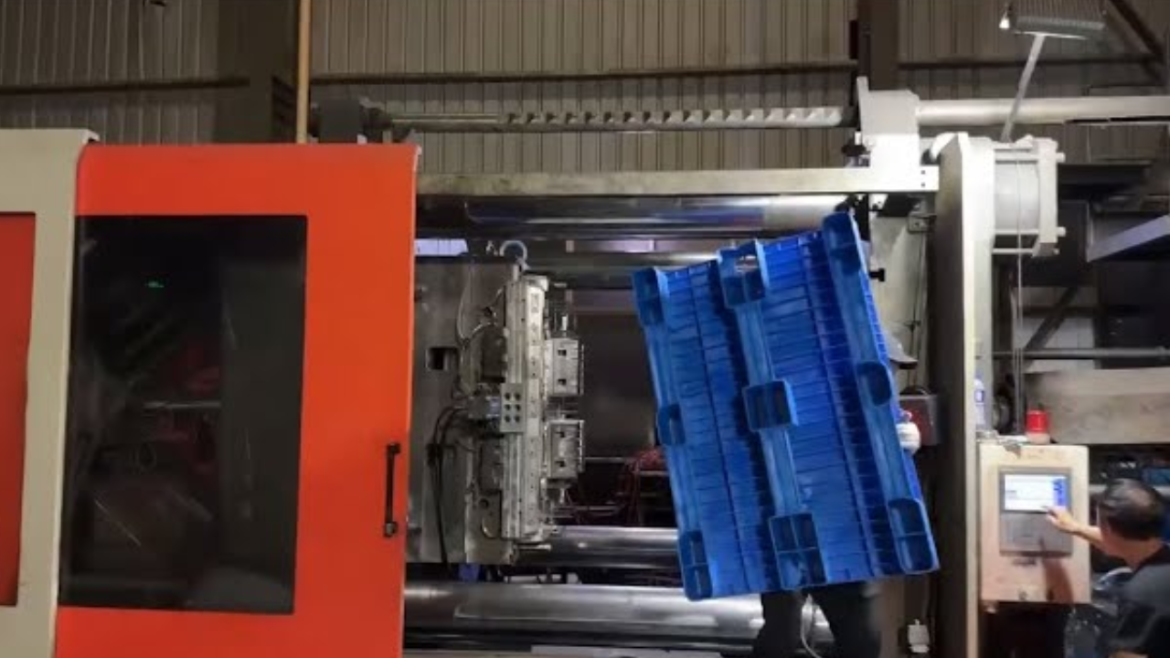Kemal offers fine precision machining with a broad range of manufacturing capabilities. Prototyping through mass production and their on-demand manufacturing services enable them to create products with intricate geometry and exacting aesthetic standards. All of this is made possible by our cutting-edge technologies and team of knowledgeable professionals.
Fundamentally, a plastic mold is an injection molding tool that is precisely developed and used in the manufacturing process. Melted plastic is injected into a mold cavity using the commonly used technique of injection molding, which takes the shape of the mold and solidifies into the intended object.
These molds are essential to mass production since they are available in a wide range of sizes and forms each intended for a particular product. Plastic molds are intricately designed equipment that shapes the spine of cutting-edge production. These precision units play an essential position in shaping numerous plastic components used in industries ranging from automobiles to consumer electronics.
Specifications of Plastic Mold
The specifications of plastic molds are important in ensuring the exceptional, accuracy, and efficiency of the producing manner. Let’s delve into the vital specifications that define plastic molds and their impact on the production of amazing plastic products.
Material Selection
Plastic molds are mainly crafted from amazing substances inclusive of tool steel, stainless steel, or aluminum alloys. The selection of cloth relies upon elements like the predicted production extent, the type of plastic to be molded and the desired mold lifespan.
Many molds undergo warmth treatment processes to enhance hardness and durability and put on resistance making sure they are able to face up to the pressure of repeated use.
Floor end and Texture
Molds may have distinct surface finishes, ranging from excessive polish to matte, relying on the desired look of the molded element. Excessive polish molds produce glossy surfaces, while textured finishes create specific styles or rough textures on the final product.
Texture specifications are essential for elements requiring precise aesthetic or useful finishes. Texture patterns can range from high-quality grain to complicated geometric designs.
Tolerances and Precision
Plastic molds are engineered to acquire tight tolerances, ensuring that the molded parts meet specific specifications. Tight tolerances are critical for components that require the best fitment or assemblies.
Molds are synthetic with high precision, making sure that the size of the final product is correct and consistent. This precision is vital for parts that need to be interchangeable or healthy into assemblies seamlessly.
Injection Molding Parameters
Proper adjustment of injection stress and speed guarantees that the molten plastic fills the mildew cavities uniformly, preventing defects that include voids or short photographs. Correct temperature manipulation of the mildew and the plastic material is vital to save you troubles like thermal stress, warping, or inconsistent parts.
Renovation and Sturdiness
Molds are designed for ease of upkeep, bearing in mind brief disassembly, cleaning, and alternative of worn or damaged components. Properly designed molds, coupled with suitable renovation practices, have an extended lifespan, enabling value-effective and efficient manufacturing over a prolonged period.
Mildew Design and Geometry
The association of cavities inside the mold directly influences the manufacturing quantity in keeping with the cycle. Molds can be unmarried-hollow space (generating one element per cycle) or multi-cavity (generating a couple of the same elements simultaneously). Circle of relatives molds are designed to produce extraordinary elements in one cycle.
Right ejection mechanisms, inclusive of ejector pins, sleeves, or air blasts, make certain that the molded components can be removed from the mildew without harm or deformation. Green cooling channels are incorporated into the mold design to modify the temperature throughout the molding method. Proper cooling is vital for minimizing cycle times and stopping defects like warping or sink marks.
Bottom Line
Plastic molds’ versatility is one of its main advantages. They can be made to be produced in single-cavity systems, which produce a single item every cycle, or in multi-cavity systems, which allow for the simultaneous production of several identical things. Additionally, molds can be customized for family molding, which streamlines the manufacturing process by producing various components in a single mold.
